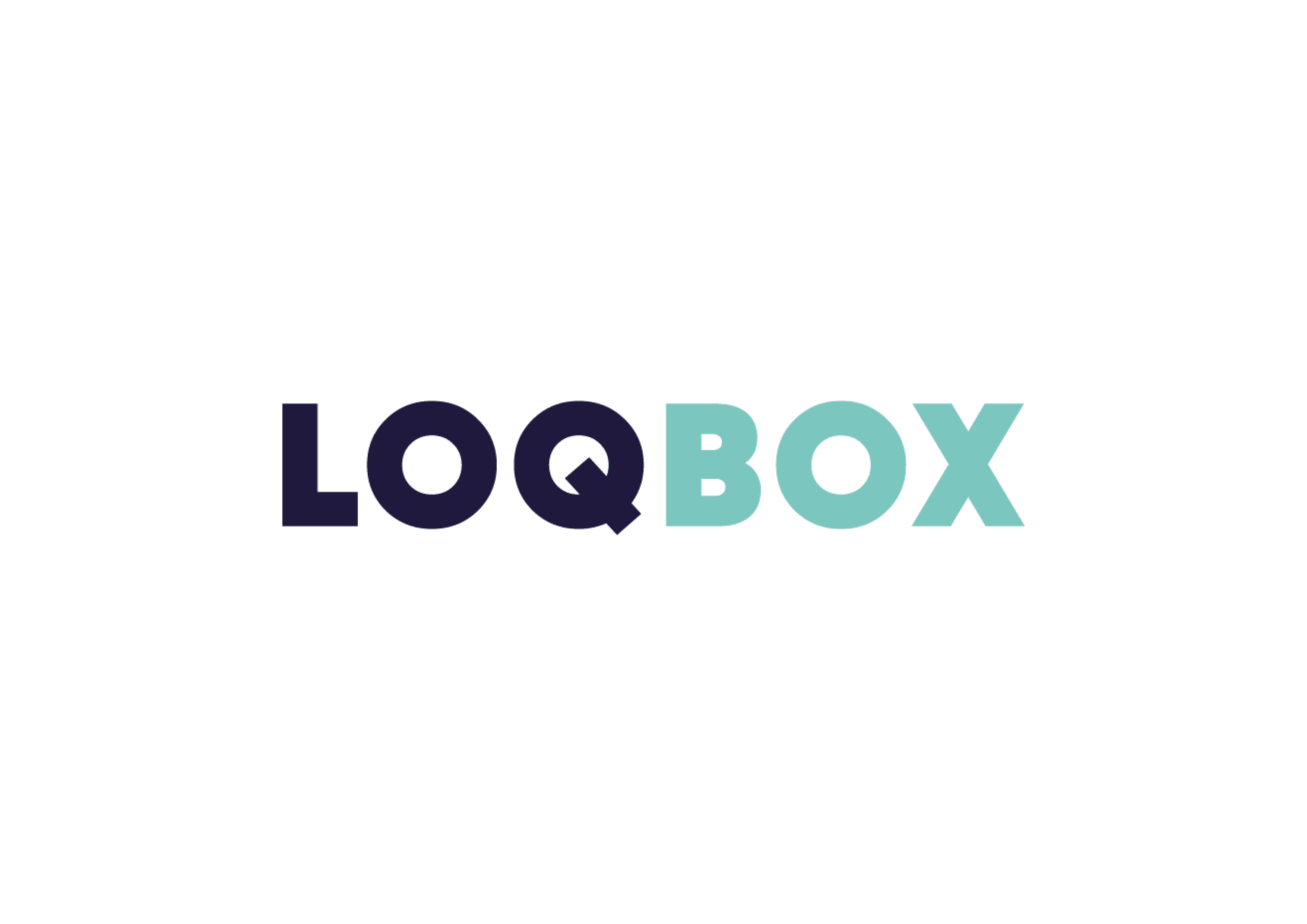At Acquired.com, we understand the importance of making life as simple as possible when it comes to payment processing.
For your customers, that means offering more payment method choices, allowing them to pay in a way that’s right for them.
Open Banking technology allows your customers to Pay by Bank – a streamlined payment method that enables customers to make online payments directly from their bank accounts, leveraging the existing infrastructure of their financial institutions. The payment is made quickly, easily, and securely – and the business benefits from reduced payment costs, increased authorisation rates and faster settlement.
Open Banking has been around for a while, but more recently it’s becoming increasingly popular in a wider range of industries. In July 2023, over 11 million payments were made using open banking technologies, which also represents over 100% growth compared to the previous year. This shows that not only can businesses see the benefits of utilising Open Banking payments, but that customers often prefer it too.
To understand more about the benefits of Open Banking and how they compare to traditional payment methods for businesses, keep reading or get in touch with the expert team at Acquired.com.
Understanding Open Banking Payments
Open Banking provides individuals with the ability to share their financial account data with other banks and financial technology apps/services.
In the EU, the revised Payment Services Directive (PSD2), mandated that all banks allow their customers to securely share their account information with other financial service providers. This is also something the UK has continued to implement post-Brexit.
Traditionally, all financial account data access was limited to the customer and the bank that held their account, but Open Banking now gives customers access to innovative and enhanced financial service experiences, including Pay by Bank. This not only provides customers with more payment method options but also allows individuals to leverage their own financial information for personal benefit.
Benefits of Open Banking Payments for Businesses
For businesses, Open Banking payments have significant advantages over other payment methods:
- Open Banking payments are cheaper for businesses, as there is no card processing cost – it can be up to 80% cheaper for businesses to process Open Banking payments than card payments.
- Open Banking payments settle more quickly than card payments (instantly compared to 1-3 days). This provides the assurance needed to ship goods and services.
- Open Banking payments have higher acceptance rates than traditional payment methods, with an average 97% authorisation rate.
- Open Banking allows for a streamlined, customised, and mobile-optimised payment process with Pay by Bank embedded into the checkout flow, or via a payment link.
- Open Banking allows for instant refunds and payouts improving the customer experience, and auto-reconciliation to simplify operations.
There are also many benefits to customers, including real-time payment confirmation and improved security (as there are fewer parties involved in a transaction than a card payment or direct debit, for example).
Open Banking is also significant for the payments industry as a whole, as it has – and continues to – promote innovation and healthy competition in the sector. Large payment institutions and challenger fintech businesses alike can work with customer banking data to develop new services and features to help customers.
With Open Banking mandated in the EU and UK, banks and card networks can’t rest on their laurels, creating a fairer, more competitive business environment, and improved services for end users.
A Comparative Analysis of Traditional Payment Methods vs Open Banking Payments
Credit and Debit Card Payments
Traditional credit card payments and debit card payments are the most popular payment methods for most customers today. They are easy to understand, work in a similar way across every platform, and most of all, they are familiar.
However, when it comes to convenience, security, and ease of use, Open Banking is generally the better choice, both for businesses and customers.
Open Banking payments are faster to settle, as data and funds don’t need to go between card schemes – the money moves from one account to the other almost instantaneously.
There are also fewer failed payments, as customers generally select their bank from a list and then approve the purchase using Face ID or biometrics, rather than having to manually or automatically enter a 16-digit card number, expiry date, and CVV. Traditional card payments have around a 70% success rate, compared to 97% for Open Banking payments.
Open Banking is also a safer method of payment for customers and businesses alike. As there is no storage of card information required, customers don’t have to worry about fraud, and businesses don’t need to go through the process of securely storing sensitive customer card data.
Bank Transfers, Direct Debits, and Faster Payments
A subset of Open Banking payments, VRPs, or Variable Recurring Payments are payments with strict parameters that are approved by a customer using an Open Banking API, after which a business can take regular payments, of variable amounts (for example, utility bills).
Acceptance rates with both VRPs and account-to-account are higher than traditional methods – there are no pre-checks or lead times required as money moves directly from bank to bank.
Direct Debits use Bacs payment rails to move money, which can take several days for the payment to arrive, whereas, with VRPs, funds arrive immediately.
While traditional bank transfers and direct debits are generally cheaper per transaction than credit and debit card payments, there are still costs associated. VRPs and Pay by Bank account-to-account are still the cheapest option, as there is no middleman involved.
Mobile Payments: Google Pay & Apple Pay
Mobile Payments such as Apple Pay and Google Pay have seen a huge upsurge in use in the last few years, with an increasing number of businesses and users adopting these payment methods..
The success of mobile payment services like Apple Pay and Google Pay showcase the desire of businesses and users alike to have quick, simple, streamlined payment flows that don’t require the entry or storage of personal card data.
As Open Banking grows in popularity we will likely see further developments to provide similar sleek, superfast payment flows for Pay by Bank transactions.
The Future of Pay by Bank Apps and Payments
As Open Banking technologies continue to grow and evolve, supported by UK and EU legislation, we expect to see a significant uptick in adoption, both from businesses and users.
The expansion of Open Banking is good news for businesses across the UK as it signals a move towards quicker, more efficient, and more affordable payment methods.
It’s safe to say that Open Banking payments are taking off in the digital space but what about at the physical point of sale? Although there are some barriers and hesitations towards implementing in-person Open Banking at POS, we are now seeing an increase in retail businesses offering Pay By Bank via payment links and QR codes to customers in the store.
Open Banking and Pay by Bank with Acquired.com
At Acquired.com, our proprietary Open Banking solution allows you to offer Pay by Bank via hosted checkout, payment links or QR code at POS.
To learn more about what we do, and create a competitive advantage with payments, please don’t hesitate to get in touch with our friendly team.







